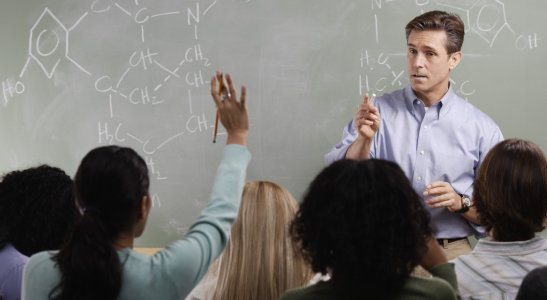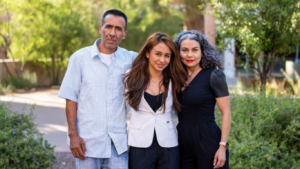Attending a school with four campuses, 250 undergraduate programs and nearly 72,000 students enrolled, Arizona State University students aren’t finding it difficult to stick out from the crowd. In fact, they are proving countless ways to be innovative, distinct and professionally developed.
ASU has provided its student body with opportunities to take their education to a different level: to their careers, bringing their future dream jobs to the present.
Take ASU student Frank Kyle Robertson, for example. He’s a third-year law student, looking to graduate with a Juris Doctorate (J.D). Earlier this year, however, on January 24, he went from being a student of law to arguing a case before Arizona’s highest court.
He represented the Homeowner Advocacy Unit at ASU’s law school, Southern Arizona Legal Aid and Jean Braucher, a law professor at the University of Arizona.
Robertson was extremely interested in this case and spent much time and effort during winter break towards research of the case. And his professors appreciated his interest and, in turn, invested in him and his professional development.
Robert says that the Sandra Day O’Connor College of Law “offers a large number of real-world opportunities that are very helpful in preparing to practice law.” The law school also offers 10 clinical programs, moot court competitions and litigation-focused classes.
The Biomedical Engineering Department also offers opportunities for ASU students. Through its undergraduate program, students must undergo the design process of medical technologies in its entirety: designing, testing, customer research, FDA regulations and, finally, production.
In fact, the current undergraduate senior class is working on projects that have great potential. Edgar Sanchez, a senior graduating in May of this year, is working on an electrode-based device that he will code to make readings of antibodies and antigens. This device is innovative in its portability and size. Currently, electrodes are used to input to a much larger reading device; however, Sanchez’s project will allow for the electrodes to do the readings themselves.
His colleague, Madeline Grade, has also been recognized by Mayo Clinic and other research centers for her work on epilepsy. She, along with her professor Leon Jassemidis, has worked on the development of seizure predictions. Eventually, a device will be created that will warn an epileptic of a seizure hours before it actually occurs.
Dr. Vincent Pizziconi, the instructor of the senior capstone design course, says that ASU students at the biomedical engineering department are pushed to “realize their potential in the world of global health. Students are being trained to develop medical devices…” and provide them to those who live in places lacking resources.
As he works with students at the multimillion-dollar design facility at the Tempe campus, journalism professors and professionals at the Downtown Phoenix campus are working with their students to produce news pieces of national and international impact.
ASU student journalists have been awarded some of the nation’s most prestigious awards and recognized by the Associated Press TV-Radio Association, the Broadcast Education Association and the Society of Professional Journalists.
Be it in the fields of law, biotechnologies, journalism or otherwise, ASU students are finding it accessible to further both their education and their careers.




